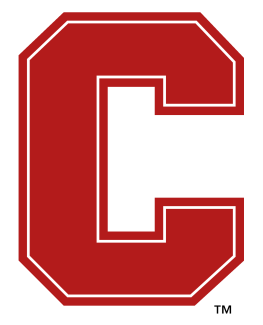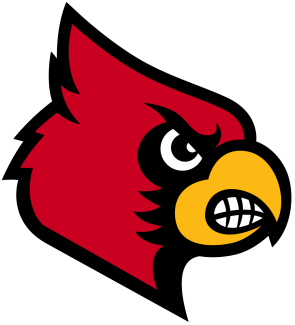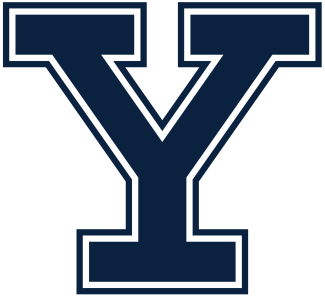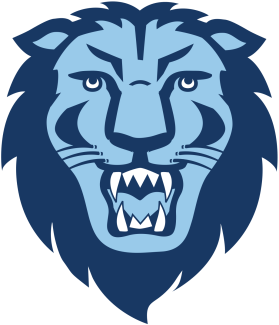Jackson Bonitz made a first impression that stuck with Myers: He defended Brennan O’Neill better than anyone during tryouts in the summer of 2019. He’s only gained more respect from his U.S. coaches and teammates during his two years at the Naval Academy.
“Bonny at our last camp, he jumped off a sub to come to camp,” Myers said. “He’s Mr. USA. He bleeds it. The guys love him. You’ll see him carrying the flag out at some point no doubt.”
Bonitz finished his sophomore season in the 99th percentile with a defensive EGA (expected goals added) of 8.61, according to Lacrosse Reference.
Kenny Brower was added to the U.S. mix after he emerged as the top cover defenseman at Duke in his first full season in 2021. He was named the Blue Devils’ captain this year and drew the opponent’s top attackman in every game — which in the ACC meant guarding the likes of Chris Gray, Pat Kavanagh and Connor Shellenberger. The fact that he’s left-handed is a bonus.
Myers calls Alexander, Bonitz and Brower the team’s “thumpers.” Quentin Matsui and Jacob Snyder project as off-ball complements, positionally sound defenseman who are fluent in the terminology and slide packages. Matsui is steady and dependable and has experience in an NCAA championship-winning locker room at Virginia. Snyder plays for Myers at Ohio State. He’s a three-year starter there.
SSDM
Jake Caputo
Patrick Hackler
Jack Monfort
Danny Parker
The “dogs” or “sled dogs,” as Myers calls them, durable short-stick defensive midfielders prove especially valuable with international rules that could see them isolated numerous times during lengthy defensive possessions absent a shot clock.
When World Lacrosse shortened quarters from 20 to 15 minutes running time, Myers elected to take a fourth d-middie instead of a 10th offensive player.
Jake Caputo qualified for the U.S. team as someone seen in the mold of Dox Aitken or Ryan Conrad, members of the gold medal-winning 2016 U19 team who could play offense or defense, take the wing on faceoffs and win ground balls between the restraining lines.
Duke has deployed Caputo almost exclusively as a defensive midfielder, but that versatility will prove useful. His father, longtime Duke assistant Ron Caputo, is an assistant manager on the U.S. team staff.
Patrick Hackler was in the mix for team captain. “He works his butt off. He sets the edge,” Myers said. “He’s tough. He’s fierce.”
A two-time all-league high school football quarterback, Hackler threw a state-record 52 touchdown passes as a senior at Skaneateles (N.Y.).
Hackler and Jack Monfort are both two-way midfielders at Yale and either could seemingly step into Brian Tevlin’s role as a party-starter for the Bulldogs. Hackler had 10 goals and three assists while Monfort contributed four goals and seven assists in 2022.
Monfort might be the one who stays on more frequently with the U.S., which wants to keep Hackler fresh for defense.
Danny Parker earned a spot on the U21 team after the coaching staff watched him compete for Virginia against the U.S. senior team in the USA Lacrosse Fall Classic last year. Myers loves Parker’s wing play on faceoffs.
FACEOFF
Jake Naso
Alec Stathakis
Thunder and lightning.
That’s how Myers characterized his two faceoff specialists, who have combined to take more than 1,500 draws over the last two seasons at the NCAA level.
Listed at 5-foot-11 and 225 pounds, Alec Stathakis was a linebacker for the football team at Culver Academy (Ind.). He’s a career 60-percent faceoff guy at Denver, including a 63.5-percent mark in 2021 when he split time at the stripe with TD Ierlan.
The switch to standing-neutral grip has only added to his repertoire of moves and counters — when he does not bulldoze the opposition with brute strength, that is.
“I was as impressed with him as anybody at our last camp with the shape he came in,” Myers said.
Stathakis and Jake Naso both can go SNG or knee down, the latter approach still legal at the international level.
“Jake has got lightning-quick hands,” Myers said. “He’s a little smaller, but he’s taken like 10,000 draws for Duke in two years. They’re great complements for each other.”
Naso (241-for-429, 56.2 percent) ranked fourth among faceoff specialists with a cumulative EGA of 66.93 this year, according to Lacrosse Reference.


























































